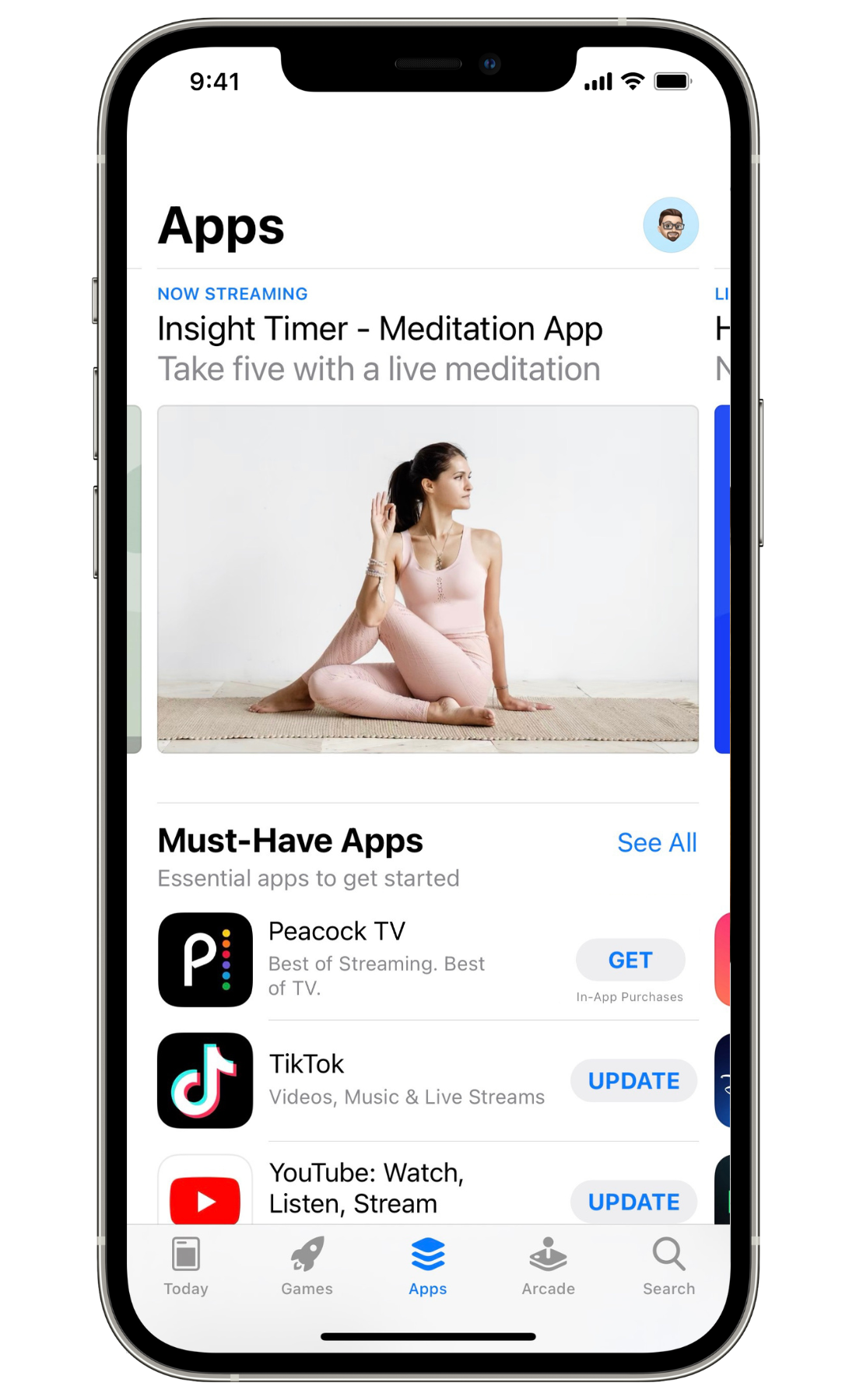App Store on Apple Watch
I’m proud to have been the first editor for the App Store on Apple Watch when it launched in the fall of 2019. My experience selling Apple Watches as a senior sales specialist blended perfectly with my journalism background while the leadership skills I developed in both roles prepared me to navigate a fast-paced, multilateral, and high-stakes effort. Apple cares deeply about the App Store, both as a revenue-driver and as a revolutionary accomplishment. I am glad to have contributed to its continued success.
The road to WWDC
Apple is known for its secrecy. I was hired as an App Store editor in January 2019, but wasn’t given a clear understanding of my responsibilities.
After three months of training, I was informed that I would be responsible for the editorial content and programming of the upcoming on-device Apple Watch App Store, which was still a secret at the time.
My first task was to join a cross-functional group who were preparing a keynote presentation that would demo the store at the World Wide Developer Conference (WWDC) in June.
I quickly began creating mock-ups of how we could curate and present apps on the App Store. These went through many revisions and reviews with teams across Apple. A few of these included: App Store Product, Apple Watch Product, Developer Relations, Marketing, Business Management, and the Executive team.
Developing a content strategy
The demo was successful and it caught the attention of both the press and potential Apple Watch app developers. But this was only the beginning. WWDC concluded in June, leaving just three months until the store’s September launch.
Next, I needed to create UX guidelines that internal stakeholders would use to evaluate whether an Apple Watch app should or shouldn't be featured on the store. At the same time, I was also developing a content strategy that would drive the most app downloads and still provide an excellent editorial experience.
The App Store Editorial team considers a lot of factors when deciding if an app is “feature-worthy.” They largely boil down to whether an app is easy to use, solves a problem, takes advantage of device-specific features, and overall, lives up to the description of the product page.
I developed specific criteria for App Store editors worldwide to assess an app’s feature-worthiness in their respective regions. They were especially necessary because multiple new features and types of Apple Watch app would launch with the store. I collaborated with many stakeholders to align on and evangelize these criteria.
While the modules that make up the store had already been designed by the time I joined the project, I needed to create a strategy that used them effectively. I leaned heavily on performance data from existing iPhone App Store to create range of placements that maximized app discoverability and downloads.
Example: The image below displays page layout of the App Store on an iPhone. One key learning for this page layout is that the artwork-centric placements do not drive the most app downloads. Instead, it’s the icon-centric placements and their “Get” button CTA that leads to the most downloads. Because of this finding, I defined a strategy that leaned heavily into icon-centric placements.
Launch preparations
One significant challenge to launching the store was that it was impossible to know what apps would be available on launch day. Developers couldn’t submit builds of their apps until just before release.
I collaborated with partnership managers to compile lists of apps expected to launch on the release day. I created adaptable thematic editorial content based on these lists.
As launch day approached, I focused on making sure my international editorial colleagues were supported. I had all of my content localized so that international editors could easily use it. I also led training sessions covering the store’s new content management system, featuring guidelines, and content strategy.
During the launch, I collaborated with editors to address any issues and verify the correctness of content across international storefronts.
Results and learnings
Launch day was just the beginning of the App Store on Apple Watch. Over the coming weeks and months, I carefully monitored performance metrics to continuously refine our content strategy.
The experience also allowed me to build trust with my cross-functional partners, which greatly contributed to my continued success at Apple. Similarly, the data analysis skills I developed while refining the content strategy have also been essential for every project I’ve worked on since.
The store experienced year-over-year growth in both the number of downloads and the apps released, which were my primary key performance indicators (KPIs).
Overall I’m most proud of having helped foster a community of passionate independent app developers.










